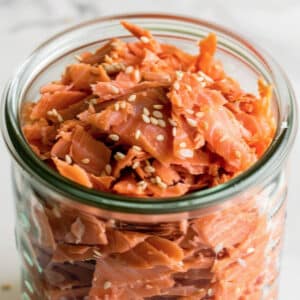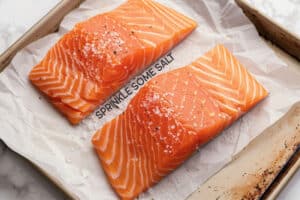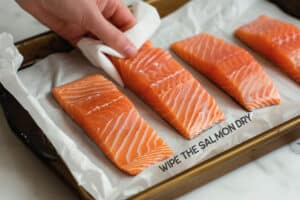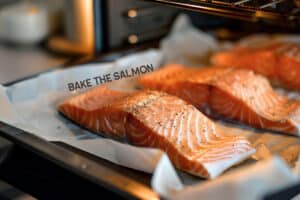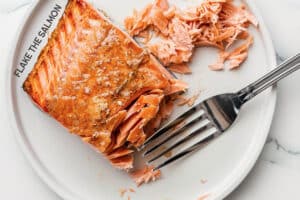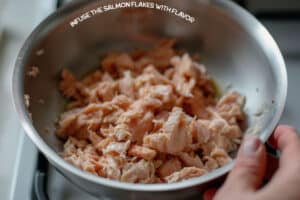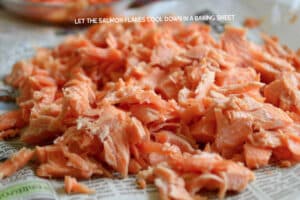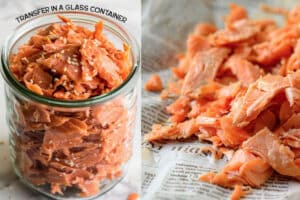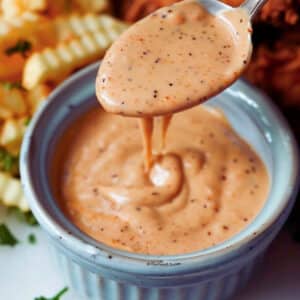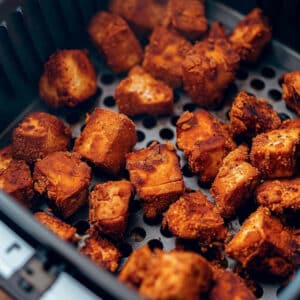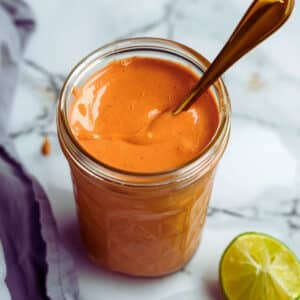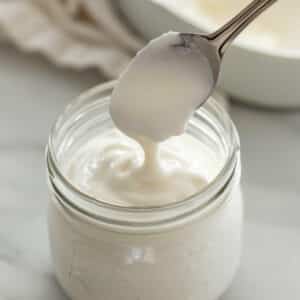Upgrade your meals with minimal effort! Lightly seasoned salmon flakes add instant savory goodness to steamed rice, salad, pasta, gratins... the possibilities are endless.
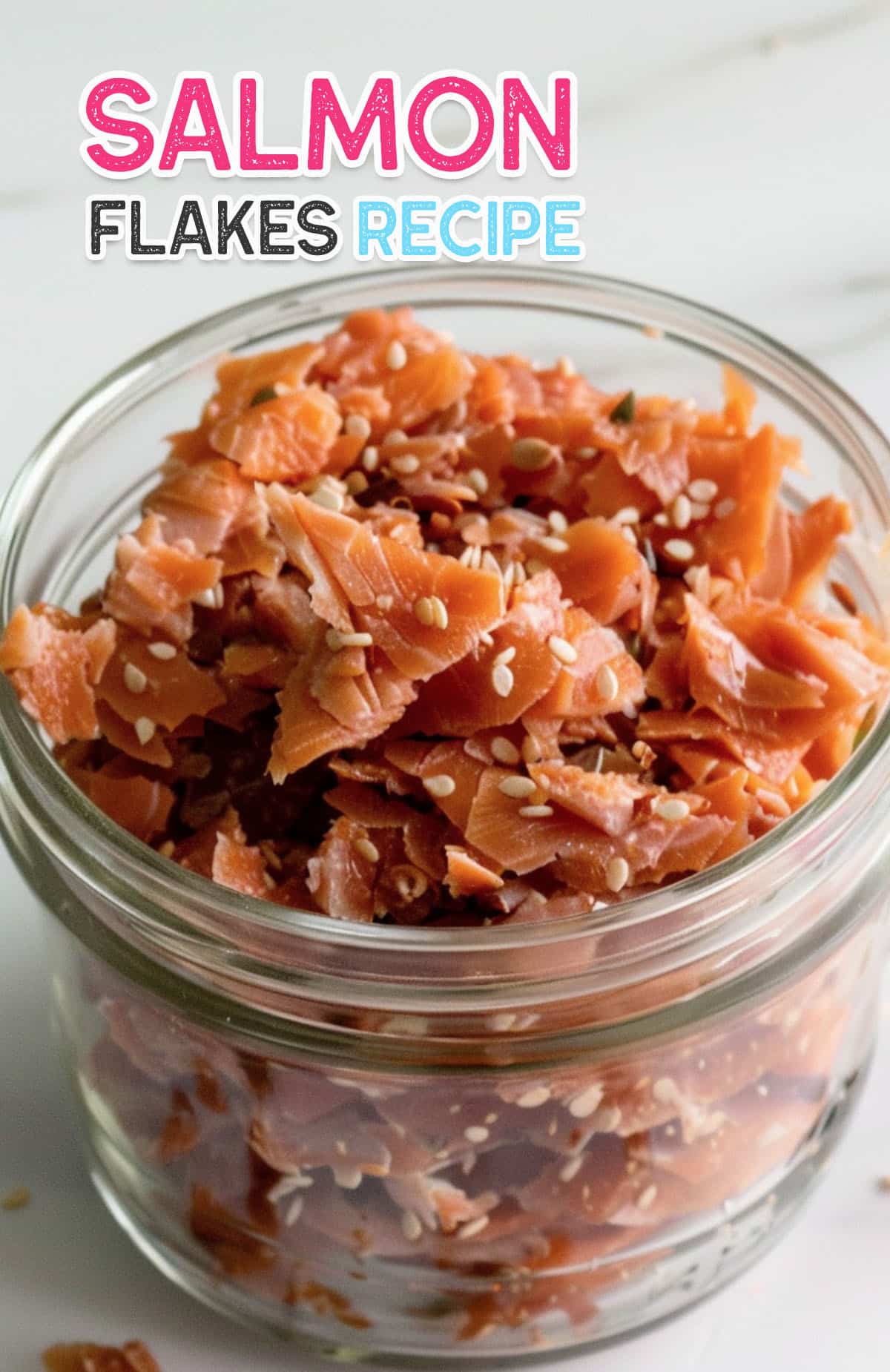
What exactly are salmon flakes?
Think of them as the superhero sidekick to your regular salmon fillet. They're made from cooked salmon, gently flaked into small, delicate pieces. You can find them ready to go at the store, sometimes with a little extra smoky or savory flavor added. Or, here's the fun part – you can totally make them at home!
Homemade:
Making salmon flakes at home is incredibly easy. Simply bake, poach, or even pan-seared your salmon until cooked through. Then, let your fork do the magic – gently flake the fish into pieces. This is where you can get creative by adding your own favorite seasonings!
Store-Bought:
Store-bought salmon flakes usually come pre-cooked, flaked, and often seasoned for ultimate convenience. You'll find options like plain, smoked, or even seasoned with herbs and spices.
Store-Bought vs. Homemade: What's the Difference?
- Convenience vs. Control:
- Store-bought is all about speed. They're ready to sprinkle on your food in a flash. Homemade takes a little more effort but lets you have full control over the flavor profile and ingredients.
- Freshness Factor:
- Since you're making homemade salmon flakes from fresh salmon, you've got that vibrant cooked-that-day flavor.
Why You'll Love Salmon Flakes
- Effortless Flavor Boost:
- Think of them as your secret weapon when you're short on time but still want a satisfying meal. A sprinkle here, a handful there, and your dish transforms with savory, satisfying flavor.
- Mealtime Versatility:
- This is where it gets exciting! Salmon flakes play well with practically everything – breakfast omelets, lunchtime salads, cozy pasta dishes, and so much more. Toss them into your next batch of tuna salad, or use them to top a creamy mushroom risotto.
Ingredients You'll Need:
- 1 lb salmon fillets (skin-on or skinless, sockeye or your preferred type): The star of the show! Choose a fresh, high-quality salmon. Sockeye is great for its firm texture, but other varieties like Atlantic or Coho work beautifully too.
- ¼ teaspoon Diamond Crystal kosher salt: A sprinkle of salt seasons the salmon and helps draw out a bit of moisture for optimal flakiness. Diamond Crystal is less salty than other brands, so adjust the amount if needed.
- 1 teaspoon toasted sesame oil Adds a subtle nutty flavor and richness that complements the salmon beautifully.
- 1 tablespoon sake: A Japanese rice wine that adds a touch of sweetness and complexity. It also helps tenderize the salmon during cooking.
- 1 tablespoon mirin: Another Japanese rice wine, mirin adds a subtle sweetness and a beautiful glaze to the salmon flakes.
- 2-3 teaspoon soy sauce (adjust for saltiness preference): Provides the essential savory "umami" flavor and balances out the sweetness. Start with less, then taste and adjust.
- 1 teaspoon toasted white sesame seeds: These add a delightful little crunch and a subtle nutty flavor that complements the other ingredients perfectly.
Step-by-step guide
Get Your Oven Ready and Salt Your Salmon.
Fire up your oven to 425ºF (218ºC). While it heats up, give your salmon a sprinkle of salt – that'll help it release a bit of moisture for extra-flaky results. Let the salmon chill out for about 15 minutes.
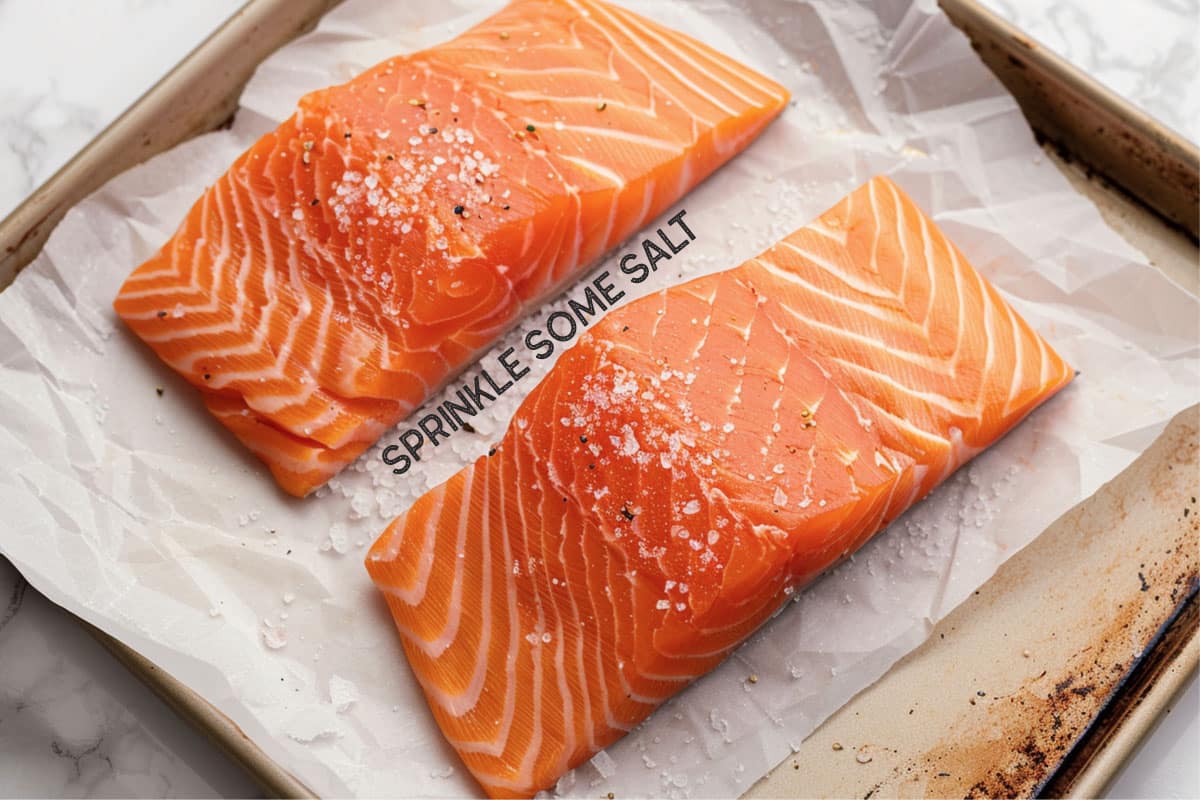
Dry the Salmon and Bake.
Okay, after 15 minutes, grab a paper towel and gently pat the salmon dry. Now, line a baking sheet with parchment paper – trust me, this makes cleanup a breeze! – and place the salmon on top.
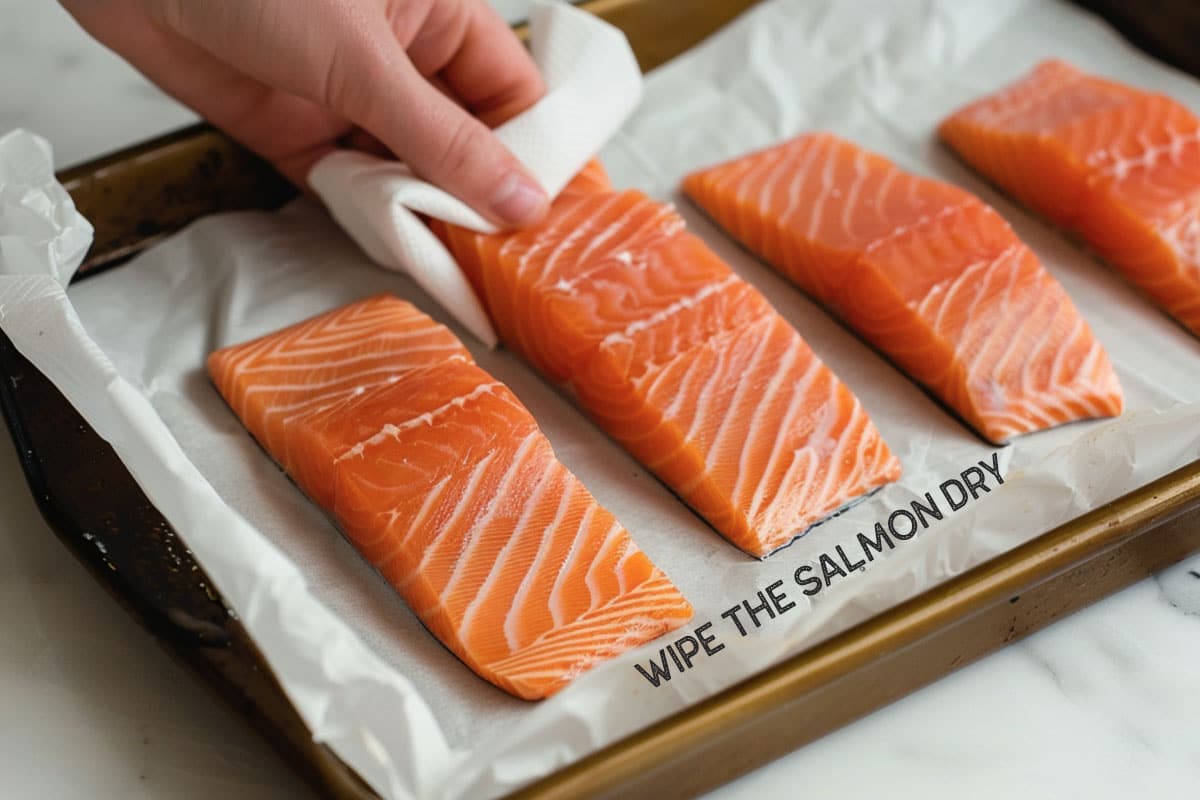
Pop the salmon in the oven for about 10 minutes. If your piece is super thick, it might need a few extra minutes. You'll know it's ready when the fish flakes easily with a fork.
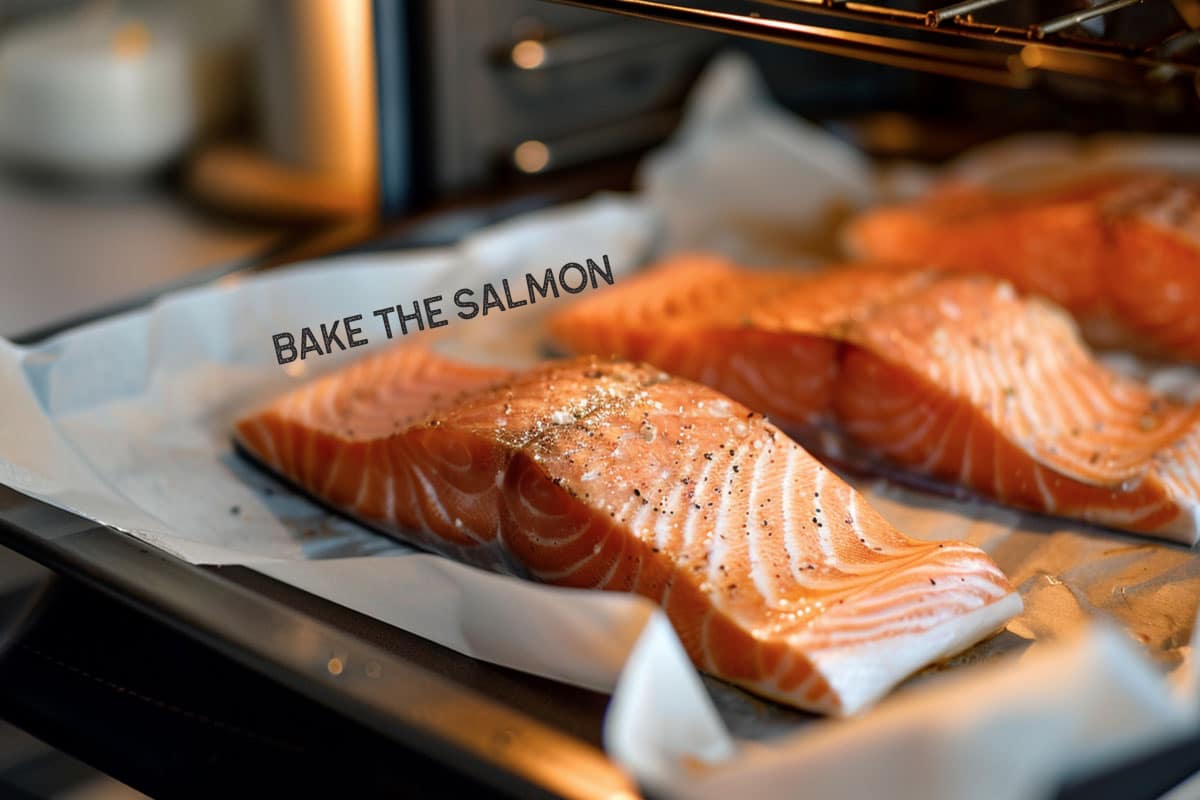
Flaking Time!
Take the salmon out of the oven and let it cool slightly. Using chopsticks or a fork (whatever feels best!), start to break the salmon into flakes. You can do this right on the baking sheet. If you see any skin or bones, now's the time to remove them before moving on.
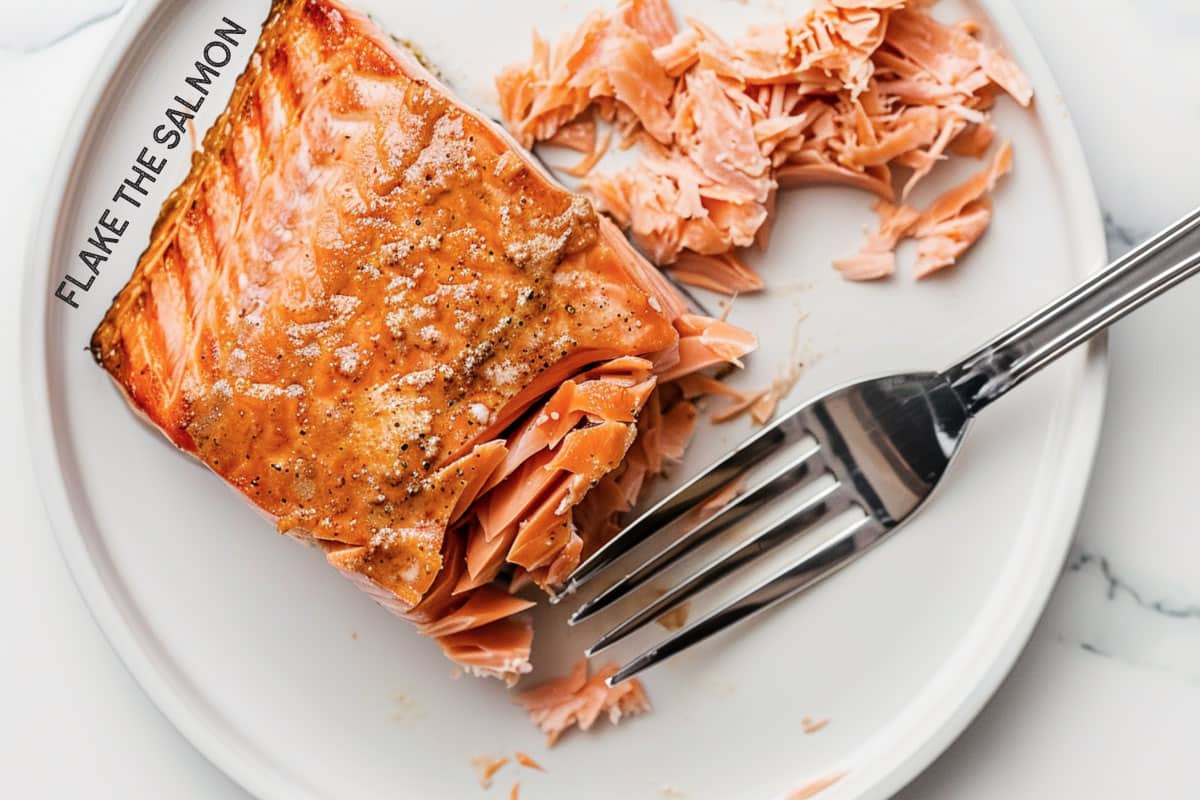
Flavor Infusion.
Grab a large frying pan and heat it over medium heat. Once it's hot, add a drizzle of sesame oil and give the pan a swirl to coat it. Toss in your flaked salmon.
Pour in the sake and Mirin – don't worry, the alcohol will cook out. Give it a gentle stir.
Now, add a splash of soy sauce (start with 2 teaspoons and add more if you like it salty!). Keep stirring gently until most of that delicious liquid is absorbed.
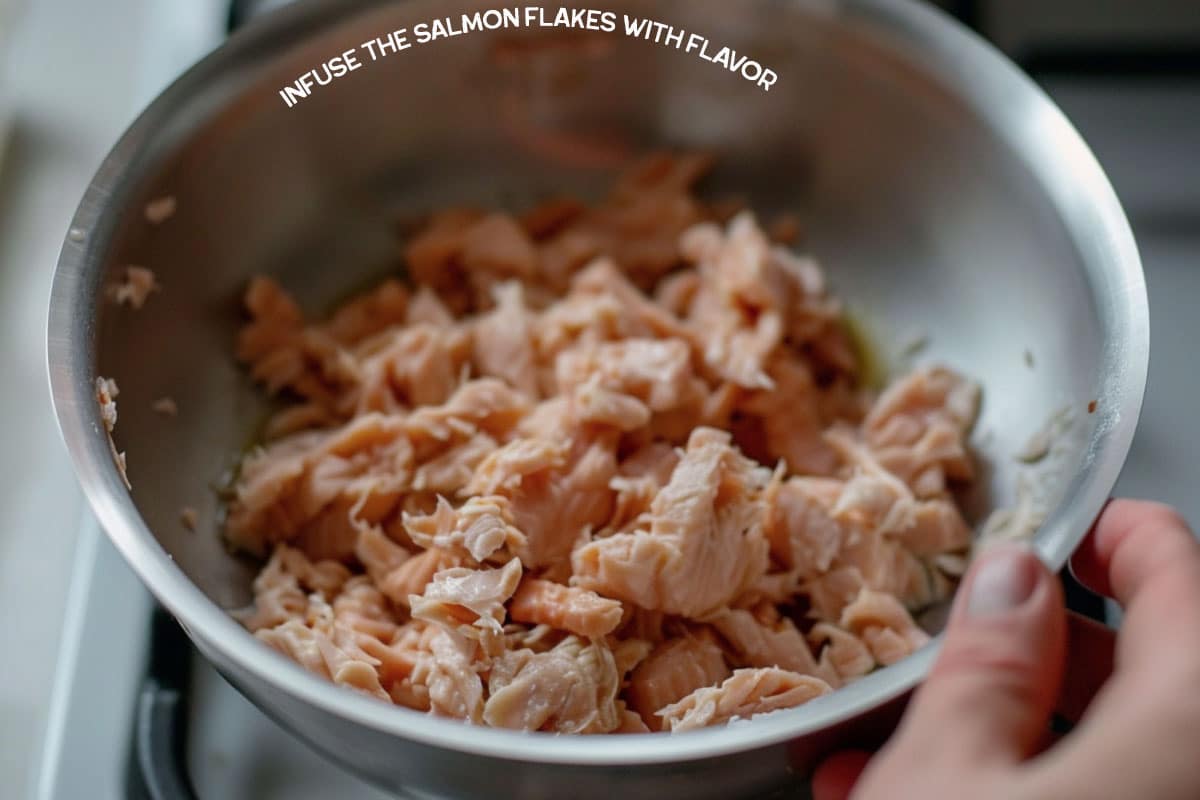
Finishing Touches.
Transfer your salmon flakes back to the baking sheet and sprinkle them with those toasted sesame seeds for a little extra crunch. Let them cool completely! Once cool, pop them into an airtight jar.
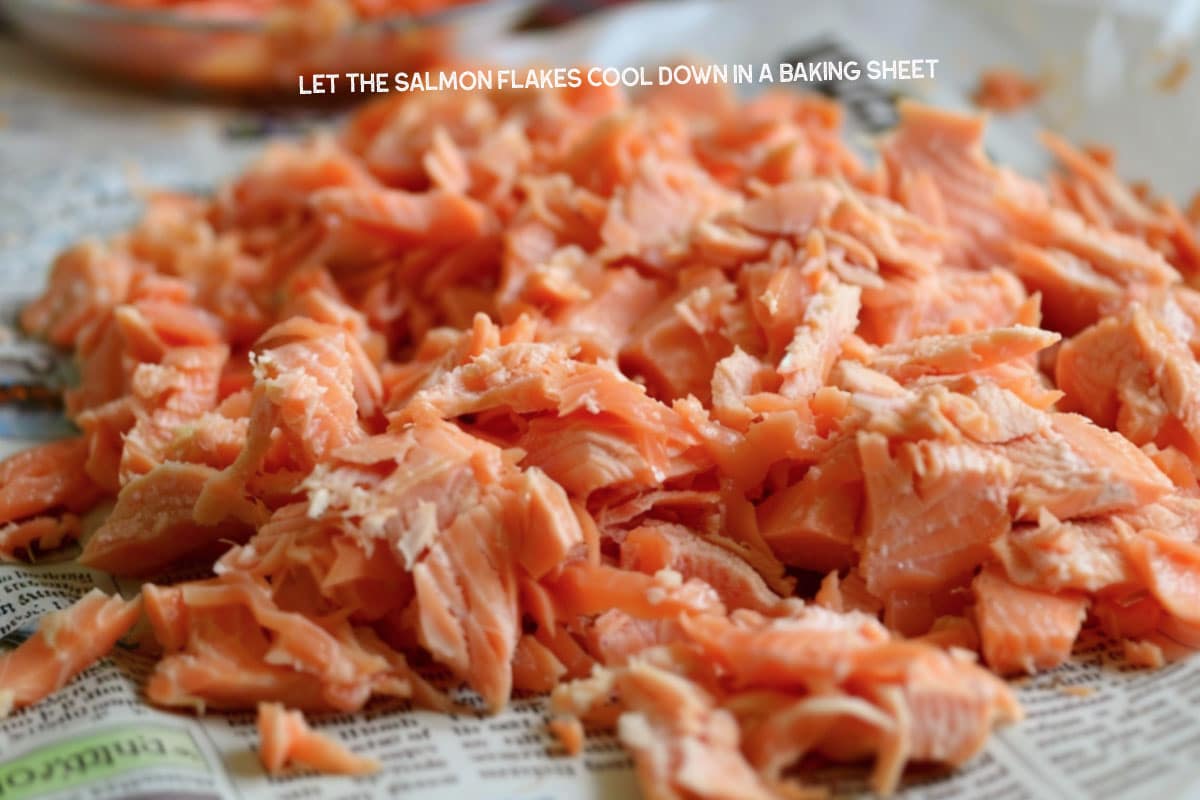
Storage Tips.
Your salmon flakes will be good in the fridge for up to 4 days. Need them to last longer? Freeze them for up to a month!
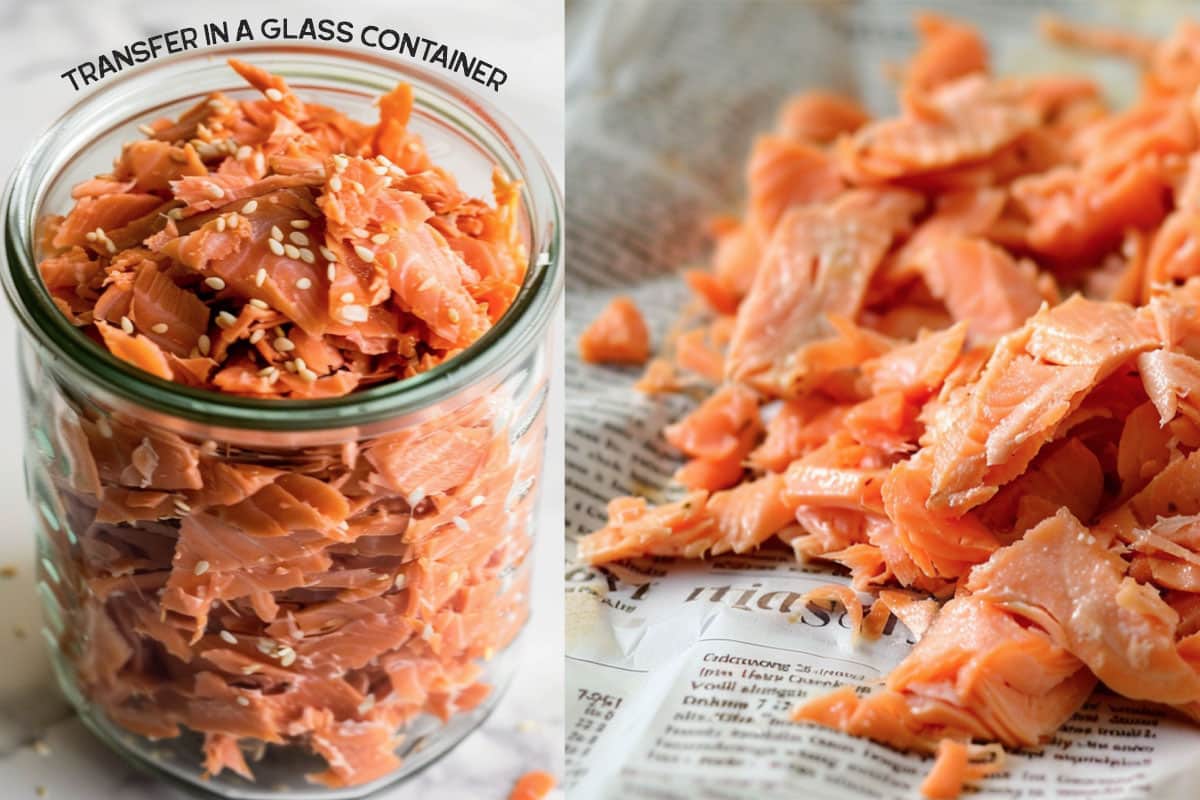
Nutritional Benefits
Protein Powerhouse
Craving a satisfying snack or want to bulk up a salad? Salmon flakes have got your back! They're a tasty way to sneak in extra protein, which is like the building block for our muscles and keeps us feeling full longer. A small handful can seriously boost your protein intake.
Omega-3 Superstars
Okay, we all know salmon is the rockstar of omega-3 fatty acids, right? Well, good news – even in flaked form, you're still getting a decent dose of those heart-healthy, brain-boosting good fats. So think of it as a super easy way to take care of yourself!
Creative Ways to Use Salmon Flakes
Start Your Day Strong
- Omelets & Scrambles: Elevate your usual eggs! Stir salmon flakes into a fluffy omelet or sprinkle them over scrambled eggs for an extra punch of savory goodness and protein.
- Hearty Breakfast Bowls: Salmon flakes aren't just for dinner. Add them to a breakfast bowl with rice or quinoa, a fried egg, and your favorite veggies for a satisfying start to the day.
Salads & Bowls: Flavor & Protein Boost
- Supercharged Salads: Transform a simple salad into a satisfying meal. Salmon flakes add delicious protein and a burst of umami flavor, especially when paired with fresh greens, crunchy veggies, and a flavorful dressing.
- Build Your Own Bowl: Get creative with grain bowls! Salmon flakes pair beautifully with rice, quinoa, or couscous. Throw in roasted vegetables, a drizzle of sauce, and you've got a delicious, customizable lunch or light dinner.
Pasta & Rice Reinvented
- Simmered in Simplicity: Upgrade your basic tomato sauce by stirring in salmon flakes near the end of cooking. The rich flavor infuses the sauce, creating a quick but satisfying pasta dish.
- Fried Rice Superstar: Toss in a handful of salmon flakes while making fried rice for a salty, savory twist. It's surprisingly delicious!
- Creamy Risotto Upgrade: Finish your risotto with a sprinkle of salmon flakes and a touch of lemon zest for a touch of elegance and extra flavor dimension.
Quick & Delicious Appetizers
- Flavorful Dips & Spreads: Blitz together cream cheese, smoked salmon flakes, and fresh herbs for a quick dip that's perfect for crackers or crudités. You could even mix plain salmon flakes into your favorite store-bought dip for extra flavor.
- Savory Cracker Toppings: Keep it simple! Top crackers with a dollop of crème fraîche, a sprinkle of salmon flakes, and a few capers for a bite-sized burst of flavor.
Storage and Handling
Shelf Life: Know the Difference
- Homemade: Since you're making them without preservatives, homemade salmon flakes have a shorter lifespan. Aim to use them within 3-4 days when stored in the refrigerator, or a month if frozen.
- Store-bought: Commercially prepared salmon flakes often contain preservatives that extend their shelf life. Check the packaging for a "best by" or expiration date. Unopened, they might last for several months in the pantry. Once opened, follow the instructions on the label, but usually, they need refrigeration.
Optimal Storage
- Refrigerator: The fridge is your best friend for storing both store-bought (after opening) and homemade salmon flakes. Use an airtight container to prevent them from drying out or absorbing other odors.
- Freezer: Got a big batch of homemade flakes? The freezer is perfect for long-term storage. Portion them into freezer-safe bags or containers, squeezing out as much air as possible. Let them thaw in the refrigerator overnight before using.
- Pantry (Only for Unopened Store-Bought): Before opening, some store-bought salmon flakes can be stored in a cool, dark pantry. Check the label and always refrigerate after opening.
Signs of Spoilage
- Off Odors: If your salmon flakes smell sour, fishy (in a bad way), or just "off," toss them out.
- Change in Texture: Salmon flakes should be flaky and moist, not slimy or mushy.
- Mold: Any sign of mold means they're not safe to eat.
Extra Tips:
- Label & Date: Label your homemade salmon flakes with the type and date made, especially if freezing.
- Proper Thawing: Thaw frozen flakes in the refrigerator for food safety.
Full Recipe
Salmon Flakes Recipe
Pin RecipeIngredients:
- 1 lb salmon (skin-on or skinless). Sockeye makes a great choice for its firm texture.
- ¼ teaspoon kosher salt
- 1 teaspoon sesame oil (toasted)
- 1 tablespoon Sake
- 1 tablespoon Mirin
- 2 teaspoon soy sauce (or adjust to your likeness)
- 1 tablespoon white sesame seeds
Instructions:
- Get Your Oven Ready and Salt Your Salmon.Fire up your oven to 425ºF (218ºC). While it heats up, give your salmon a sprinkle of salt – that'll help it release a bit of moisture for extra-flaky results. Let the salmon chill out for about 15 minutes.
- Dry the Salmon and Bake.Okay, after 15 minutes, grab a paper towel and gently pat the salmon dry. Now, line a baking sheet with parchment paper – trust me, this makes cleanup a breeze! – and place your salmon on top.
- Pop the salmon in the oven for about 10 minutes. If your piece is super thick, it might need a few extra minutes. You'll know it's ready when the fish flakes easily with a fork.
- Flaking Time!Take the salmon out of the oven and let it cool slightly. Using chopsticks or a fork (whatever feels best!), start to break the salmon into flakes. You can do this right on the baking sheet. If you see any skin or bones, now's the time to remove them before moving on.
- Flavor Infusion.Grab a large frying pan and heat it over medium heat. Once it's hot, add a drizzle of sesame oil and give the pan a swirl to coat it. Toss in your flaked salmon.Pour in the sake and Mirin – don't worry, the alcohol will cook out. Give it a gentle stir.Now, add a splash of soy sauce (start with 2 teaspoons and add more if you like it salty!). Keep stirring gently until most of that delicious liquid is absorbed.
- Finishing Touches.Transfer your salmon flakes back to the baking sheet and sprinkle them with those toasted sesame seeds for a little extra crunch. Let them cool completely!
- Storage Tips.Once cool, pop them into an airtight jar. Your salmon flakes will be good in the fridge for up to 4 days. Need them to last longer? Freeze them for up to a month!
Notes:
Your salmon flakes will be good in the fridge for up to 4 days. Need them to last longer? Freeze them for up to a month!
storage and handling
Shelf life: know the difference
- Homemade: Since you're making them without preservatives, homemade salmon flakes have a shorter lifespan. Aim to use them within 3-4 days when stored in the refrigerator, or a month if frozen.
- Store-bought: Commercially prepared salmon flakes often contain preservatives that extend their shelf life. Check the packaging for a "best by" or expiration date. Unopened, they might last for several months in the pantry. Once opened, follow the instructions on the label, but usually, they need refrigeration.
Optimal storage
- Refrigerator: The fridge is your best friend for storing both store-bought (after opening) and homemade salmon flakes. Use an airtight container to prevent them from drying out or absorbing other odors.
- Freezer: Got a big batch of homemade flakes? The freezer is perfect for long-term storage. Portion them into freezer-safe bags or containers, squeezing out as much air as possible. Let them thaw in the refrigerator overnight before using.
- Pantry (Only for Unopened Store-Bought): Before opening, some store-bought salmon flakes can be stored in a cool, dark pantry. Check the label and always refrigerate after opening.
Signs of spoilage
- Off Odors: If your salmon flakes smell sour, fishy (in a bad way), or just "off," toss them out.
- Change in Texture: Salmon flakes should be flaky and moist, not slimy or mushy.
- Mold: Any sign of mold means they're not safe to eat.
Extra tips:
- Label & Date: Label your homemade salmon flakes with the type and date made, especially if freezing.
- Proper Thawing: Thaw frozen flakes in the refrigerator for food safety.
Nutrition Information:
Please note that all nutrition information are just estimates. Values will vary among brands, so we encourage you to calculate these on your own for most accurate results.

